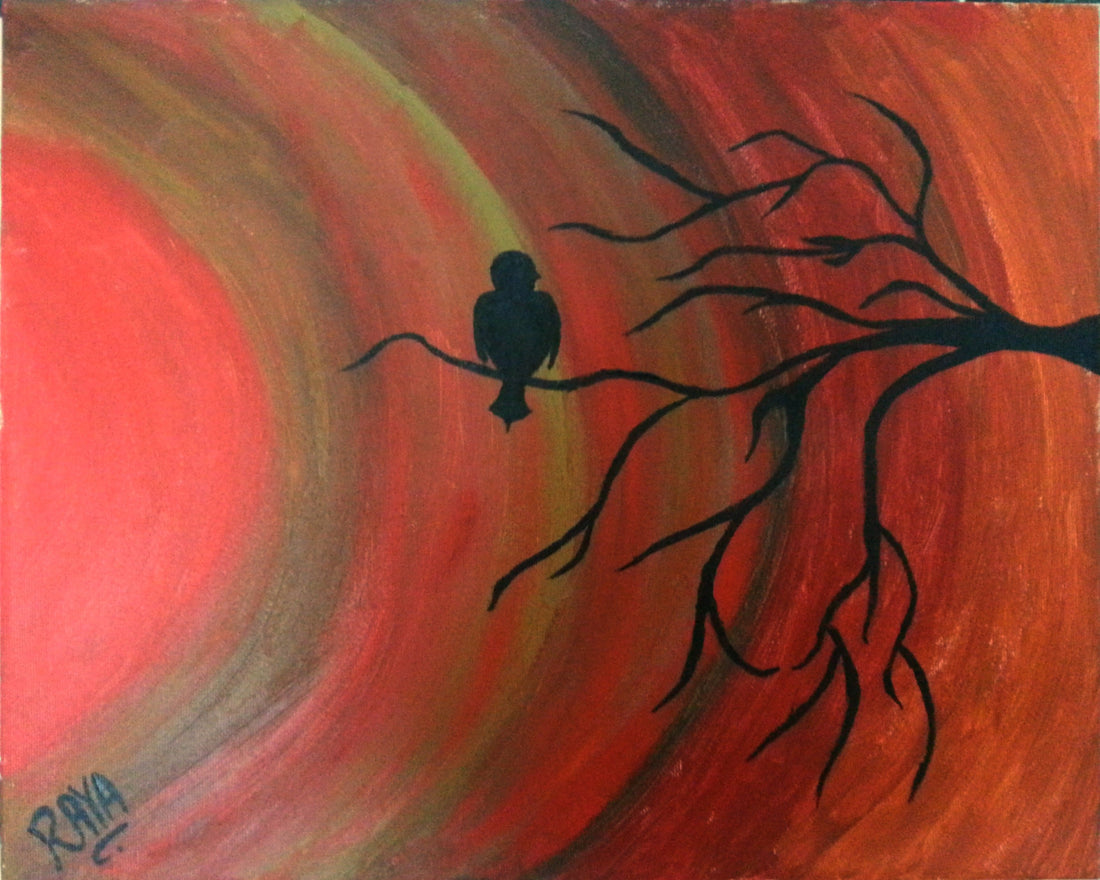
Exploring Powerful Art: Simple Paintings with Deep Meaning
Share
The Essence of Simplicity in Art
Minimalist art exemplifies the profound impact of simplicity, demonstrating that less can indeed be more. By focusing on fundamental elements such as lines, shapes, and colors, artists create paintings with deep meaning that invite introspection. This approach strips away extraneous details, allowing viewers to engage directly with the essence of the artwork.
A quintessential example is Kazimir Malevich's "Black Square" (1915), a simple black square on a white background. This meaningful painting marked a pivotal moment in art history, symbolizing the "zero point" of painting and challenging traditional artistic norms. Similarly, Agnes Martin's grid-based works utilize subtle lines and muted colors to evoke tranquility and contemplation. Her art with deep meaning reflects a pursuit of perfection and inner peace through restrained expression.
Frank Stella's "Black Paintings" series further illustrates this principle. Comprising black stripes separated by unpainted lines, these works reject representational content, focusing solely on form and structure. Such powerful art with deep meaning emphasizes the importance of the viewer's perception and interpretation.
In essence, minimalist art demonstrates that simplicity can lead to profound depth. Through simple paintings with deep meaning, artists convey complex ideas and emotions, proving that minimal elements can create a significant impact.
Interpreting Deep Meanings in Minimalist Paintings
What Is Minimalist Painting?
Minimalist painting is a style of art that uses simple shapes, limited colors, and clean lines. It might look basic at first, but each element has a purpose. Minimalist art often removes unnecessary details, focusing only on the most essential parts of the subject.
Why Does Minimalism Feel So Deep?
Even though minimalist paintings may appear empty or plain, they often carry strong emotions or big ideas. The space, colors, and lines work together to create a mood or tell a story. The fewer the elements, the more viewers focus on the meaning behind them.
How Can You Find Meaning in Minimalist Art?
Observe the Space: The empty space, or “negative space,” is important. It can show calmness, emptiness, or even isolation.
Look at the Colors: Colors in minimalist art are chosen carefully. One color might represent peace, sadness, or passion.
Study the Shapes: Simple forms like circles or lines can represent balance, direction, or human connection.
Feel the Mood: Minimalist paintings often create a certain feeling. Pay attention to how the artwork makes you feel.
Think About What’s Missing: Sometimes what’s left out says more than what’s shown.
Are Minimalist Paintings Open to Interpretation?
Yes, absolutely! The beauty of minimalist art is that it invites personal interpretation. One person might see hope in a blank canvas, while another might see loneliness. There is no wrong answer — it’s all about your experience and emotions.
Examples of Deeper Meanings in Minimalist Paintings
A white square on a white background might explore themes of identity, invisibility, or purity.
A single black line across a canvas can symbolize separation, balance, or journey.
A bold red dot might express focus, life, or even anger.
Why Do Artists Choose Minimalism to Express Themselves?
Artists use minimalism to strip away distractions. Instead of telling you exactly what to think, they offer space for thought and feeling. It’s about honesty, simplicity, and inviting you to slow down and reflect.
Minimalist art demonstrates how simplicity can evoke profound emotions and ideas. By focusing on fundamental elements, artists create paintings with deep meaning that resonate universally. Here are some notable examples:
1. "Black Square" by Kazimir Malevich (1915)
Malevich's "Black Square" is a seminal piece in abstract art. The stark black square on a white background represents a break from traditional representation, inviting viewers to explore pure artistic feeling.
2. "The Last Supper" by Leonardo da Vinci (1495-1498)
Leonardo's "The Last Supper" is renowned for its intricate composition and hidden symbolism. The painting features Jesus and his twelve disciples during the moment Jesus announces one of them will betray him. The arrangement of figures and use of perspective draw viewers into the dramatic narrative, making it a meaningful painting that has captivated audiences for centuries.
3. "Café Terrace at Night" by Vincent van Gogh (1888)
Van Gogh's "Café Terrace at Night" is celebrated not only for its vibrant depiction of a nighttime scene but also for its subtle allusions to "The Last Supper." The painting features twelve seated figures and a central, long-haired figure standing, which some scholars interpret as a homage to da Vinci's masterpiece. This layering of meaning adds depth to an otherwise straightforward scene, exemplifying art with deep meaning.
These examples illustrate how simple paintings with deep meaning can communicate complex ideas and emotions through minimalistic approaches. By stripping away extraneous details, such powerful art with deep meaning invites viewers to engage in personal interpretation and reflection.
Creating Your Own Meaningful Simple Paintings
Creating simple paintings with deep meaning allows artists to convey profound messages through minimalistic designs. By focusing on essential elements, one can craft paintings with deep meaning that resonate with viewers on an emotional level.
To embark on this artistic journey, consider exploring traditional Indian art forms known for their simplicity and depth. For instance, Miniature Painting involves intricate details that narrate complex stories within a compact space. Similarly, Pichwai Painting uses straightforward compositions to depict tales of Lord Krishna, embodying art with deep meaning.
Incorporating natural elements can also enhance the symbolism in your artwork. A Bird On Canvas can represent freedom or aspiration, transforming a simple image into a meaningful painting. Additionally, drawing inspiration from Phad Painting, which portrays epic narratives through minimalistic motifs, can guide you in creating powerful art with deep meaning.
By studying these art forms and focusing on minimal yet expressive elements, you can create paintings with deep meaning that captivate and inspire.
